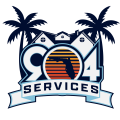CHIMNEY and Vent
About
At North Florida Chimney, our CSIA and NCSG certified technicians use state-of-the-art equipment to inspect and sweep all types of chimneys and vents. We ensure your system operates safely and efficiently, identifying and addressing any issues to prevent problems and enhance performance.
We handle everything from cleaning flues, fireboxes, and linings to addressing highly combustible creosote buildup. Annual cleaning reduces this risk and promotes safer use of your fireplace or stove. Our technicians also inspect for leaks, cracks, and defects to prevent costly damage.
Serving the 904 area with integrity — we’re your trusted local chimney experts.
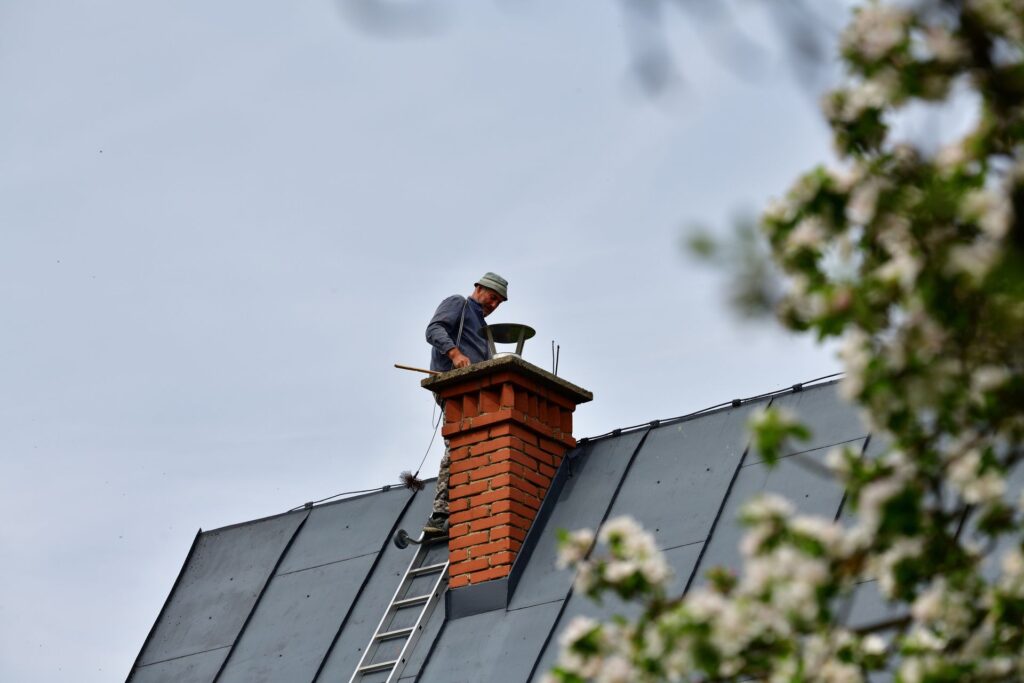
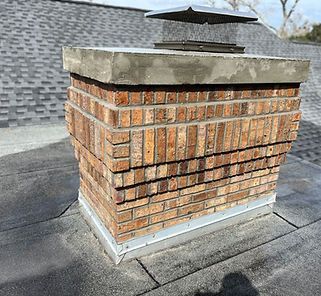
Services
Chimney Sweeps & Inspections
At North Florida Chimney, our goal is to keep your chimney system safe and functional by removing soot, creosote, blockages, and debris. This allows you to enjoy your fireplace without concerns about corrosion, flammable byproducts, or obstructions.
we clean the following areas:
Fireplace/Firebox
Smoke Shelf/Smoke Chamber
Damper
Flue
Chimney Cap (if necessary)
Inspections are performed during the same visit.
These are crucial for identifying hidden issues and determining the need for maintenance or repairs.
Inspection Types (Following NFPA 211 Standards):

Level 1 or Annual Inspection
For systems with no changes. A visual inspection of accessible parts for soundness and blockages.

Level 2
Required when modifications are made, properties are sold, or after events like fires or natural disasters. Includes flue scans and accessible attic/crawlspace checks.

Level 3
Involves removal of parts to examine concealed areas when serious damage or hazards are suspected.
ALL SYSTEM MUST BE INSPECTED
As CSIA-certified professionals, we offer Level 1, Level 2, and Level 3 inspections. Each thoroughly evaluates your chimney system to assess its condition and determine any necessary repairs or preventive maintenance. Keep reading for more details on what’s included in each type of inspection. Chimney inspections vary in depth and are
essential for ensuring safety and efficiency.
Leaks & Masonry Repair
Is your chimney leaking or in need of masonry repairs? Leaks and masonry damage often go hand-in-hand. If left unchecked, they can spiral into costly repairs.
Common Causes of Chimney Leaks
Several factors can contribute to a leaky chimney:
- Missing or damaged chimney crown or cap
- Faulty flashing
- Deteriorated chimney liner
Prevent Water Damage:
To safeguard your chimney from water damage, consider the following steps:
- Keep gutters and downspouts clean and functional
- Trim trees around the chimney
- Get professional waterproofing from our team
Leak detection tests are available with all inspections.
Fireplaces, Caps & Chase Covers
What You Need to Know
An annual chimney inspection by a qualified professional helps prevent carbon monoxide intrusion, chimney fires, and structural issues. We identify problems early, keeping your system efficient and your home safe.
The Facts About Chimney Fires
Chimney fires may be explosive or slow-burning. Loud cracking, dense smoke, or intense heat are warning signs. Even hidden chimney fires can cause serious internal damage.
Fire Impact on Chimney Types:
- Masonry Chimneys: Heat can melt mortar, crack tiles, and weaken structure.
- Prefab Metal Chimneys: High heat can damage or warp components.
- Wood Stoves: Fires can cause pipe separation or warping
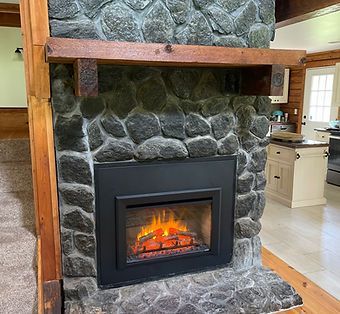
Creosote Buildup:
Creosote is a flammable residue caused by incomplete combustion, low flue temps, or burning unseasoned wood. Regular cleaning helps prevent it.
Understanding How Your Chimney Works
Your chimney’s job is to safely remove dangerous gases. Several factors affect performance, including airflow (stack effect), wind pressure, and mechanical ventilation.
What Affects Chimney Draft:
- Airtight homes can restrict airflow
- Mechanical fans and dryers reduce indoor pressure
- Fuel-burning appliances can disrupt balance
- A dirty flue, blocked damper, or damaged structure can also reduce chimney efficiency. Annual inspections help catch these problems early.
To prevent chimney fires, it’s vital to have your chimney inspected annually by a CSIA-certified chimney Sweep. These professionals can identify potential issues and recommend necessary repairs. If you suspect a chimney fire has occurred, contact a certified sweep immediately for a thorough evaluation and guidance on any needed repairs.
- Masonry Chimneys: High temperatures from a chimney fire can melt mortar, crack tiles, and damage the masonry. This can create pathways for flames to reach the combustible parts of your home.
- Prefabricated Metal Chimneys: Designed to withstand high temperatures, these can still suffer damage in a chimney fire and must be replaced if damaged.
- Wood Stoves: Chimney fires can warp or separate the connector pipes from the stove, which must be replaced if damaged.
Creosote, a highly combustible residue from burning wood, accumulates in your chimney as a black, sticky substance. It forms due to incomplete combustion, cool flue temperatures, or burning unseasoned wood. Regular cleaning and proper maintenance help prevent creosote buildup and reduce the risk of chimney fires.
To ensure your chimney remains safe and efficient, schedule annual inspections and cleanings with a CSIA-certified chimney Sweep. Proper maintenance is key to preventing dangerous chimney fires and ensuring the safe operation of your fireplace or stove.
Chimney fires can be explosive and alarming, often characterized by loud cracking or popping sounds, dense smoke, and an intense hot smell. Sometimes, they can be dramatic enough to be noticed by neighbors, with flames or smoke shooting from the top of the chimney. However, many chimney fires go unnoticed, especially those that burn slowly and are less visible but still extremely damaging.
A chimney’s primary role is to safely expel dangerous gases from your fireplace, wood stove, or furnace. However, several factors can impact how well your chimney performs, potentially leading to issues like a poor draft or unpleasant odors.
Your home functions as a system with constant air movement. Warm air rises and exits through upper openings, while cooler air is drawn in from below. This “stack effect” creates a natural airflow within your home, which affects how your chimney operates. Modern, airtight homes can complicate this balance, making it harder for fresh air to enter.
The Neutral Pressure Plane (NPP) is a crucial concept in understanding chimney drafts. It’s the level in your home where air pressure is neutral compared to outside. Above the NPP, air pressure is slightly higher, pushing air out; below it, the pressure is lower, pulling air in. This can cause issues if your fireplace or stove is below the NPP, as it may draw air—and potentially smoke—from other parts of the home.
Wind can also impact chimney performance. Wind creates high pressure on one side of your house and low pressure on the other, affecting the draft. Open windows on the windward side can enhance the chimney draft, while those on the leeward side can cause back-drafting, where smoke is pulled back into the house. Mechanical systems, like dryers and fans, can also disrupt airflow by removing large amounts of air from your home, leading to negative pressure that hinders your chimney’s function. Fuel-burning appliances, unless directly vented, can further decrease indoor air pressure, complicating proper draft.
Chimneys operate under the principle of negative pressure, similar to how water flows through a pipe. Hot air rising through the chimney creates a draft, pulling air through the firebox. Factors like flue size, height, and cleanliness affect draft strength. A well-maintained chimney with minimal creosote buildup and unobstructed airflow will function efficiently.x
Common problems affecting chimney performance include excessive creosote deposits, blocked dampers, or structural damage. Even a dirty chimney cap can impede airflow. Regular inspections by a CSIA CSIA-certified chimney Sweep can identify and resolve these issues, ensuring your chimney operates safely and effectively.
Understanding these fundamentals can help you recognize and address any issues with your chimney, keeping your home safe and your fireplace enjoyable.
Duct & Vent Cleaning
Our CSIA-certified technicians bring over 20 years of dryer vent servicing experience and 10 years of NADCA-standard HVAC training.
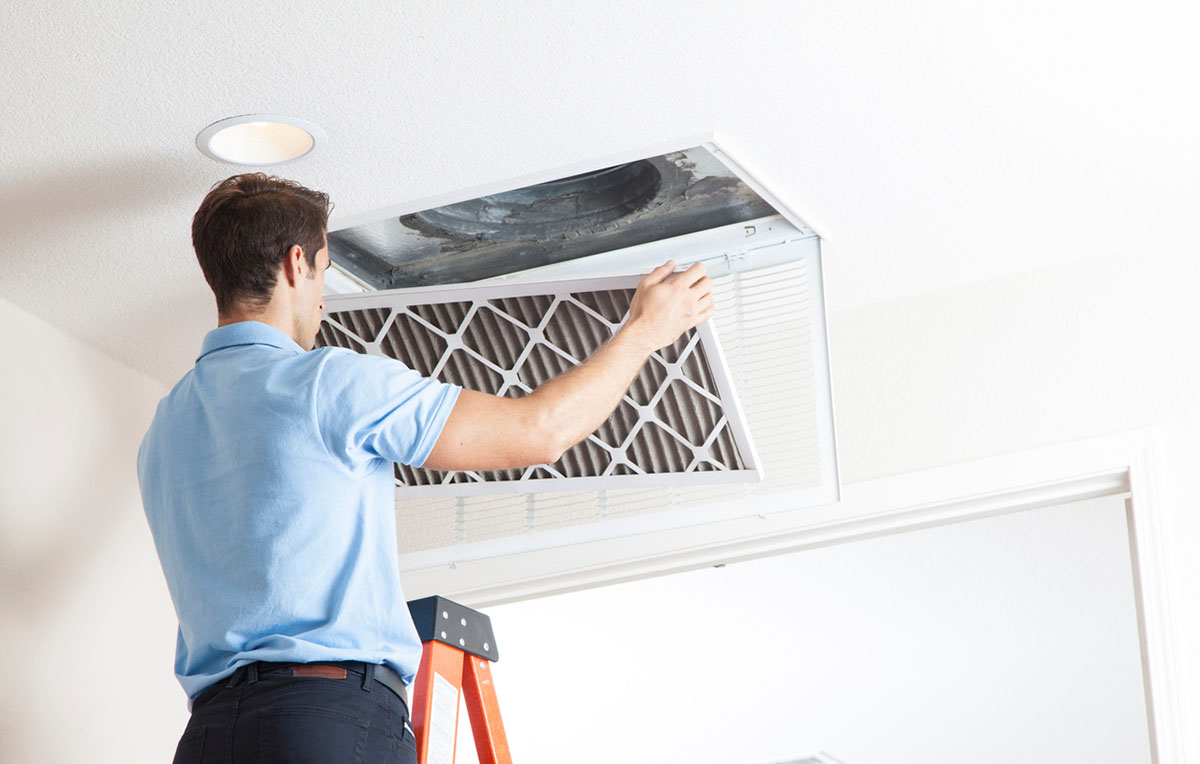

Dryer Vent Cleaning Benefits:
- Reduces fire risk
- Improves dryer efficiency
- Cuts energy bills
- Prevents mold and mildew
- Extends appliance lifespan
- Improves drying consistency
- Duct Cleaning Benefits:
Cleaner indoor air - Increased HVAC efficiency
- Even room temperatures
- Eliminates odors
- Helps prevent pests
- Reduces breakdowns and costly repairs
More Information About
Our CSIA Credential
The Chimney Safety Institute of America (CSIA) meets the highest of educational standards and is regulated by the Indiana State Workforce Innovation Council, Office for Career and Technical Schools.
The CSIA Certified Chimney Sweep® (CCS) credential was established in 1983 to provide homeowners a means to measure a chimney sweep’s technical expertise.
The Chimney Safety Institute of America (CSIA) is a non-profit organization governed by volunteer industry professionals and technical experts located across the country.
In addition to passing a rigorous examination, each person wishing to hold a CSIA certification must also agree to abide by a stringent Code of Ethics. We feel this is critical to protecting homeowners from potential scams. If a CSIA Certified Chimney Sweep is found to be in violation, their certification may be revoked.

